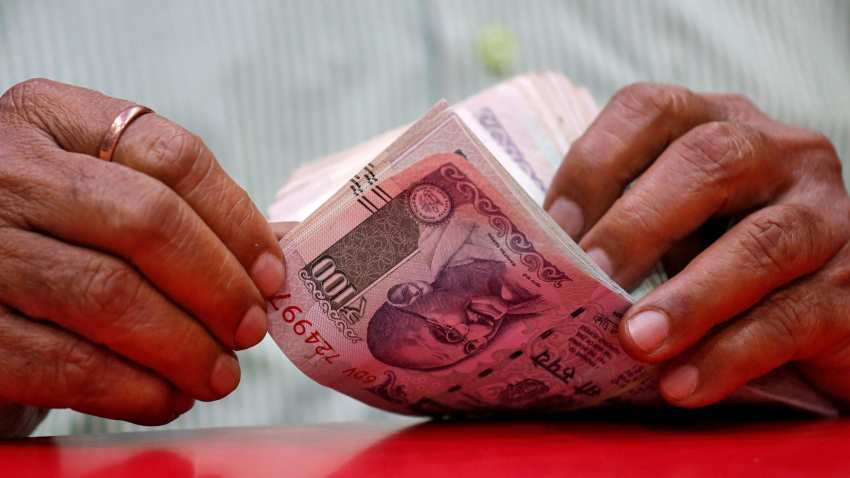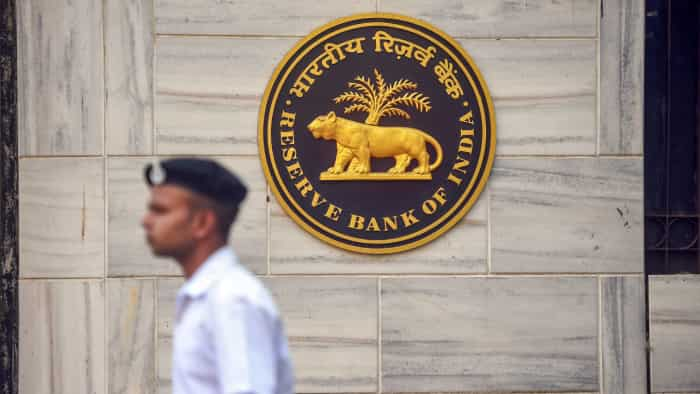National Pension System: No restriction on premature withdrawals from these accounts - What NPS subscribers must know
The central government subscribers will be allowed to choose any one of the pension funds including Private sector pension funds. They could change their option once a year. However, the current provision of a combination of the Public-Sector Pension Funds will be available as the default option for both existing as well as new government subscribers.

The subscribers of National Pension System (NPS) have good news as the government has allowed them to go for a premature withdrawal from the new Pension Scheme Fund. A subscriber is now eligible for three partial withdrawals during the period of subscription under NPS, each withdrawal not exceeding 25 per cent of the contributions made by him/her and excluding contributions made by the employer, according to a government statement. However, there is no restriction on withdrawals from the Tier-II account of the subscriber.
Notably, NPS comes with Tier I and Tier II acounts. Tier I is the retirement account which gets a host of tax breaks, while Tier II is a voluntary account allowing NPS subscribers to invest and take out money anytime.
In a written reply to a question in Rajya Sabha today, Minister of State for Finance Shiv Pratap Shukla gave this information.
In case of sudden financial needs of the subscribers, the requirement of minimum period under NPS to avail the facility of partial withdrawal from the mandatory Tier-I account of the subscriber has been reduced from 10 years to 3 years from the date of joining i.e, 10th August, 2017, said the statement, adding that the minimum gap of 5 years between two partial withdrawals has also been removed from 10th August, 2017.
On December 6, 2018, the government approved the following proposals pertaining to choice of Pension Fund and investment pattern for central government subscribers under NPS:
The central government subscribers will be allowed to choose any one of the pension funds including Private sector pension funds. They could change their option once a year. However, the current provision of a combination of the Public-Sector Pension Funds will be available as the default option for both existing as well as new government subscribers.
According to the statement, the following options for investment choices will be offered to central government employees:
1. Government employees who prefer a fixed return with a minimum amount of risk may be given an option to invest 100% of the funds in Government securities (Scheme G).
2. Government employees who prefer higher returns may be given the options of the following two Life Cycle based schemes.
3. Conservative Life Cycle Fund with maximum exposure to equity capped at 25% at the age of 35 years and tapering off thereafter (LC-25).
4. Moderate Life Cycle Fund with maximum exposure to equity capped at 50% at the age of 35 years and tapering off thereafter (LC-50).
5. In case an employee does not submit any choice, the existing allocation of funds shall continue as the default option.
Get Latest Business News, Stock Market Updates and Videos; Check your tax outgo through Income Tax Calculator and save money through our Personal Finance coverage. Check Business Breaking News Live on Zee Business Twitter and Facebook. Subscribe on YouTube.
RECOMMENDED STORIES

Power of Rs 15,000 SIP: How long it will take to achieve Rs 7 crore corpus? See calculations to know

RBI Rule: New system for online money transfers to be implemented from April 1, 2025; here's all you need to know
07:37 PM IST










 NPS Retirement Planning: How to build Rs 5 crore corpus and get over Rs 1.46 lakh pension at retirement; get expert calculations
NPS Retirement Planning: How to build Rs 5 crore corpus and get over Rs 1.46 lakh pension at retirement; get expert calculations Top 5 NPS Mutual Funds with Highest SIP Returns: Rs 10,000 monthly SIP in top fund has given Rs 28.50 lakh in 10 years
Top 5 NPS Mutual Funds with Highest SIP Returns: Rs 10,000 monthly SIP in top fund has given Rs 28.50 lakh in 10 years NPS Calculation: Want Rs 60,000 monthly pension by investing for 25 years? Here is how much money you need
NPS Calculation: Want Rs 60,000 monthly pension by investing for 25 years? Here is how much money you need How to set up an NPS account online: A step-by-step guide
How to set up an NPS account online: A step-by-step guide EPF vs NPS: Which is a better option?
EPF vs NPS: Which is a better option?